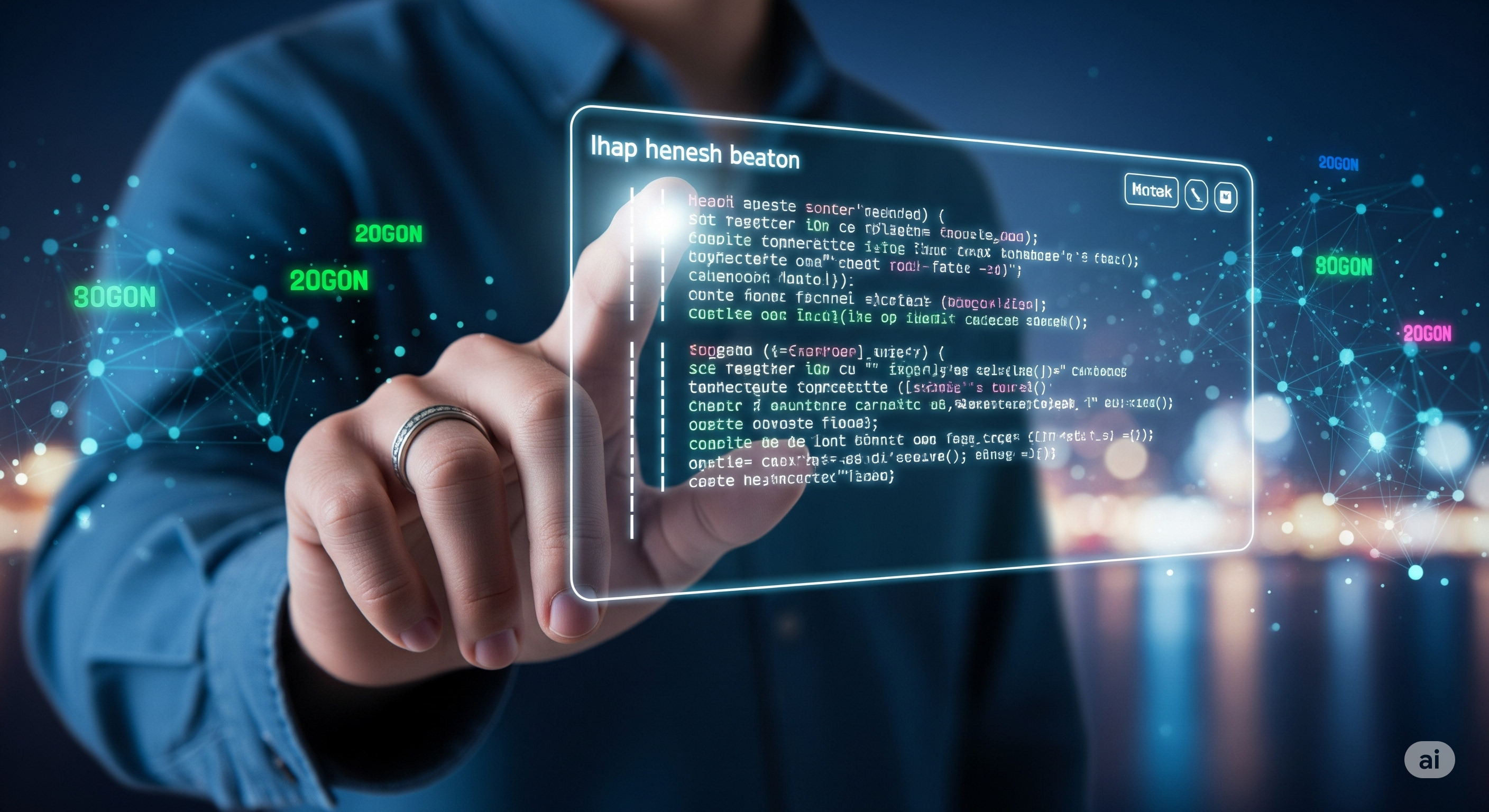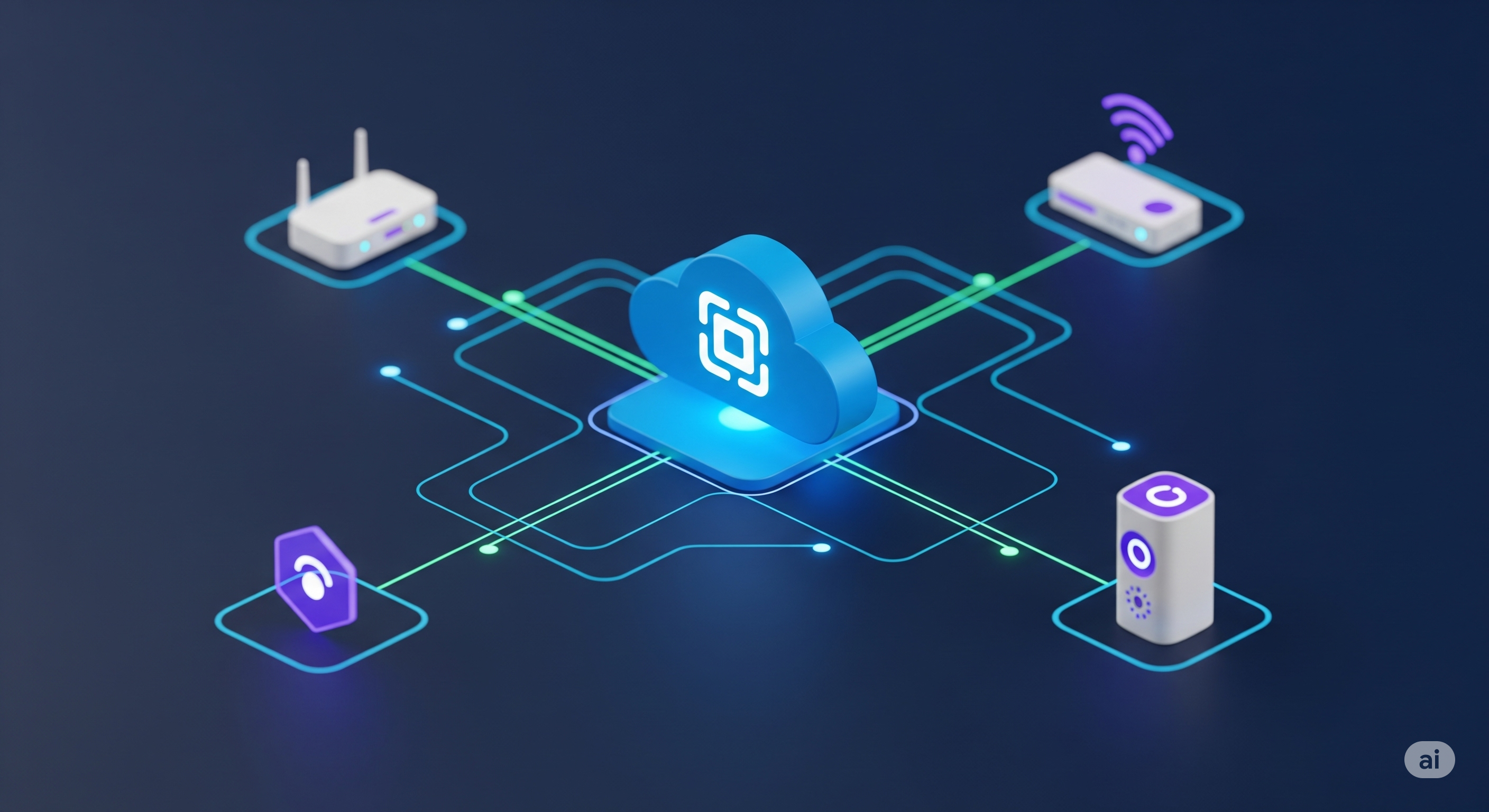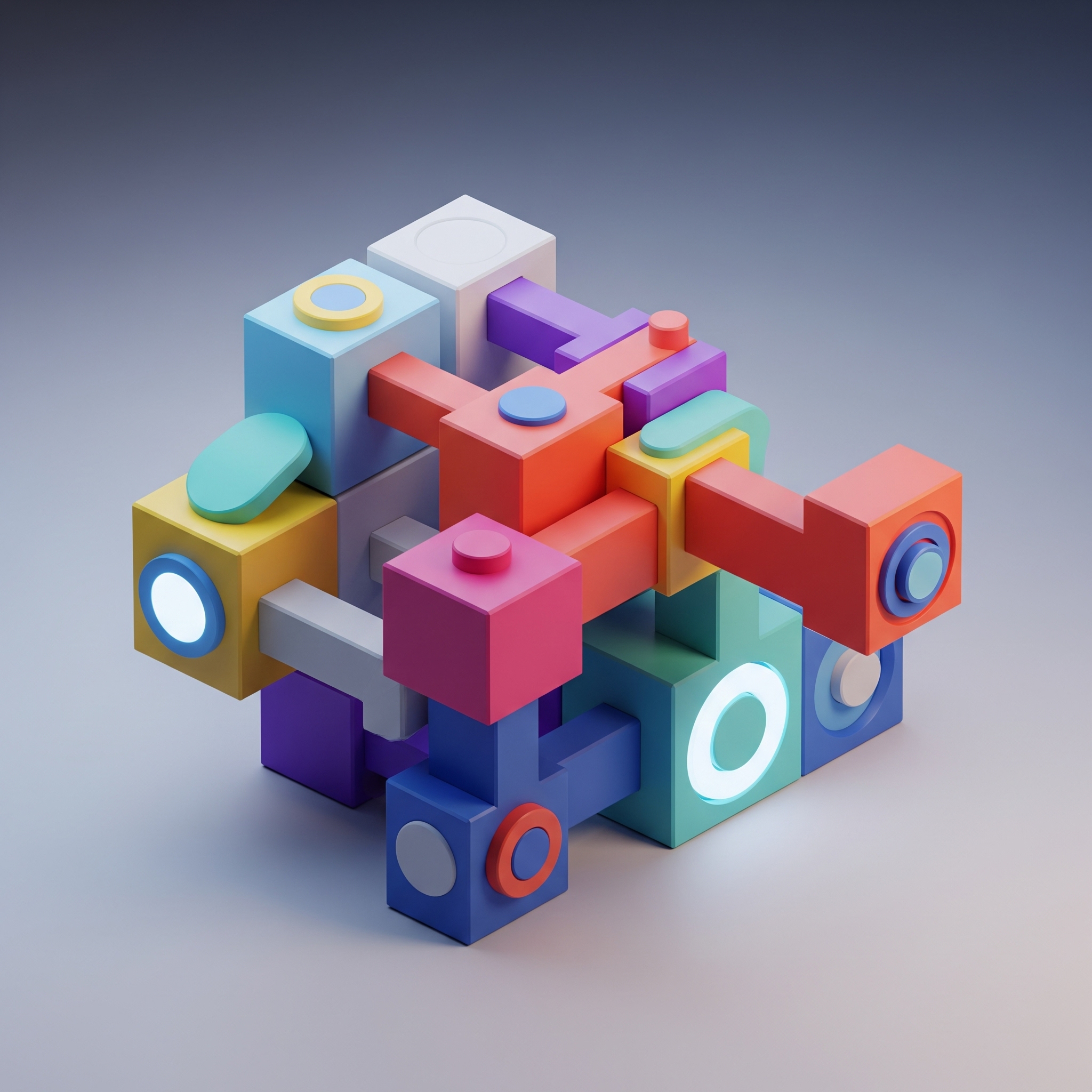Table of Contents
For decades, the command line interface (CLI) has been the power user’s playground. A realm of incredible efficiency, automation, and control, it’s where seasoned developers and system administrators often feel most at home. Yet, for many, the CLI remains a daunting fortress, guarded by obscure commands, cryptic syntax, and a steep learning curve. But what if that barrier was crumbling, brick by brick, thanks to the advent of artificial intelligence?
The Enduring Challenge of the CLI
The traditional command line demands precision. Forget a flag, misspell a command, or misunderstand the pipe, and your task grinds to a halt. This unforgiving nature, combined with the sheer volume of commands and their variations across different systems, has historically created a significant hurdle for newcomers. Graphical User Interfaces (GUIs) emerged to simplify interactions, making computing accessible to the masses, but often at the cost of the granular control and scriptability that CLIs offer.
The power of the CLI is undeniable:
Automation: Scripting complex tasks. Efficiency: Executing commands rapidly without mouse interaction. Resource Lightness: Operating without the overhead of graphical elements. Remote Management: Controlling servers and systems from anywhere.
Despite these benefits, the cognitive load required to memorize commands, understand their arguments, and debug errors has kept many users at arm’s length.
The Rise of AI in the CLI: A New Era of Accessibility
Enter artificial intelligence. AI is rapidly transforming how we interact with technology, and the command line is no exception. We’re moving beyond mere autocomplete suggestions to intelligent assistants that understand natural language, learn from our habits, and even generate complex commands on demand. This shift promises to democratize CLI power, making it accessible to a much broader audience, from junior developers to content creators.
Imagine simply telling your terminal what you want to achieve in plain English, and it responds with the correct command, or even executes it after your confirmation. This isn’t science fiction anymore; it’s becoming reality.
Builder.io’s AI Shell: A Prime Example
One of the most compelling examples of this revolution is Builder.io’s AI Shell. This innovative tool acts as an intelligent layer over your existing terminal, allowing you to interact with it using natural language. Instead of struggling to recall the exact git command to stash changes or the ffmpeg syntax to convert a video, you can simply describe your intent.
For instance, you might type something like:
- “Show me the last 5 Git commits.”
- “Find all JavaScript files in this directory and its subdirectories.”
- “Start a local web server on port 3000.”
The AI Shell then translates your request into the appropriate shell command, explains what it does, and asks for your confirmation before execution. This approach drastically lowers the cognitive load, transforming the CLI from a memorization challenge into a conversational partnership.
Key benefits of tools like Builder.io’s AI Shell (you can learn more at builder.io):
Natural Language Interaction: Speak (or type) in plain English. Command Generation & Explanation: Get the correct command, plus an understanding of what it does. Error Correction & Assistance: Receive intelligent suggestions when you make a mistake. Learning Aid: A powerful tool for learning new commands and concepts in a guided manner. Increased Productivity: Execute tasks faster by reducing the need to look up documentation.
Broader Implications and the Future Landscape
The impact of AI-powered CLIs extends far beyond individual productivity. For businesses, it means a faster onboarding process for new hires who might be less familiar with terminal operations. For educators, it opens up new ways to teach scripting and system administration without the initial intimidation factor.
The future of the command line isn’t about replacing human skill but augmenting it. It’s about making advanced computing capabilities accessible to more people, fostering innovation, and removing unnecessary friction. As AI continues to evolve, we can expect these tools to become even more sophisticated, anticipating our needs, understanding context more deeply, and integrating seamlessly into our workflows.
Conclusion
The command line, once a bastion of the tech elite, is on the cusp of a profound transformation. Tools like Builder.io’s AI Shell are leading the charge, proving that the CLI can be both powerful and user-friendly. By bridging the gap between human intent and machine execution with natural language, AI is not just lowering the barrier to CLI mastery; it’s ushering in an era where everyone can harness the full potential of the terminal, making computing more intuitive and productive for all.







Start the conversation